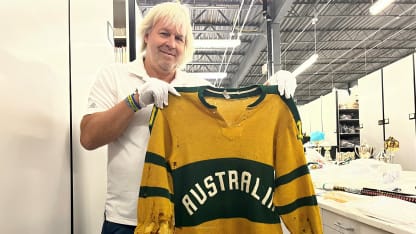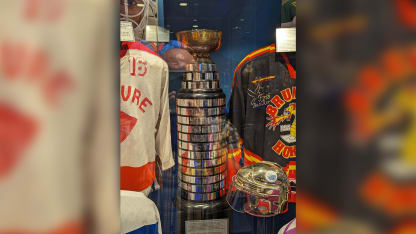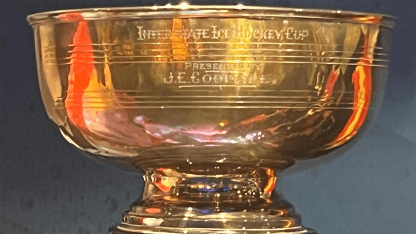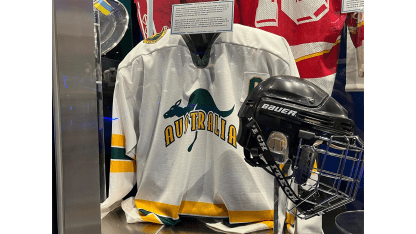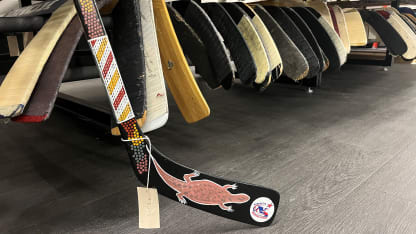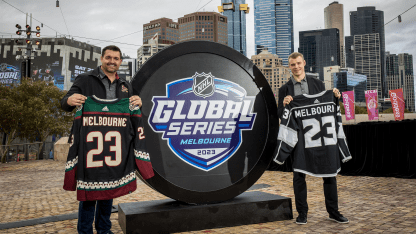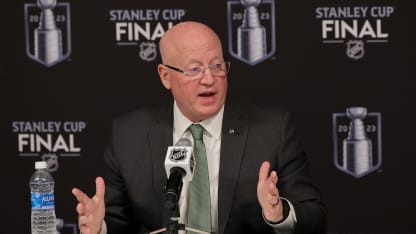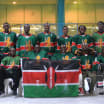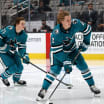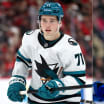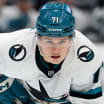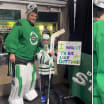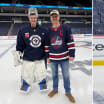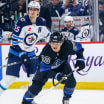TORONTO -- The Stanley Cup is going to the Southern Hemisphere for the first time.
The Cup will accompany the Arizona Coyotes on their charter plane Saturday for their 15½-hour, 8,000-mile flight from Los Angeles to Melbourne, Australia.
It will spend a week appearing at events, including two preseason games between the Coyotes and Los Angeles Kings at Rod Laver Arena in the 2023 NHL Global Series – Melbourne.
“It’s never been below the equator, which is pretty amazing, especially in today’s world,” said Phil Pritchard, vice president of the Hockey Hall of Fame, also known as the “Keeper of the Cup.”
By “amazing,” Pritchard means it’s amazing the Cup hasn’t been there already, even though the NHL has never been there before, either.
The Cup is more than the NHL’s championship trophy. It’s an ambassador for hockey.
It has traveled to 31 countries in the Northern Hemisphere -- to Afghanistan to visit troops, to China and Japan for NHL events, even to Mexico and the Bahamas.
Hockey is played in many other places around the world. The International Ice Hockey Federation counts 83 national associations, including Argentina, Australia, Chile, New Zealand and South Africa in the Southern Hemisphere.
The game has a modest presence in Australia, with 6,150 players and 20 indoor ice rinks, according to the IIHF. The men rank No. 35 in the world, the women No. 31. But it has a history there that dates to the early 1900s. The country has been a member of the IIHF since 1938. It has a semi-professional league.
The Hockey Hall of Fame has several Australian hockey artifacts on display and in its archives, from the original Goodall Cup, the oldest hockey trophy in use outside North America; to an Australia sweater worn in the lead-up to the 1960 Olympics, the country’s lone ice hockey appearance in the Winter Games; to sticks decorated with Aboriginal art.
